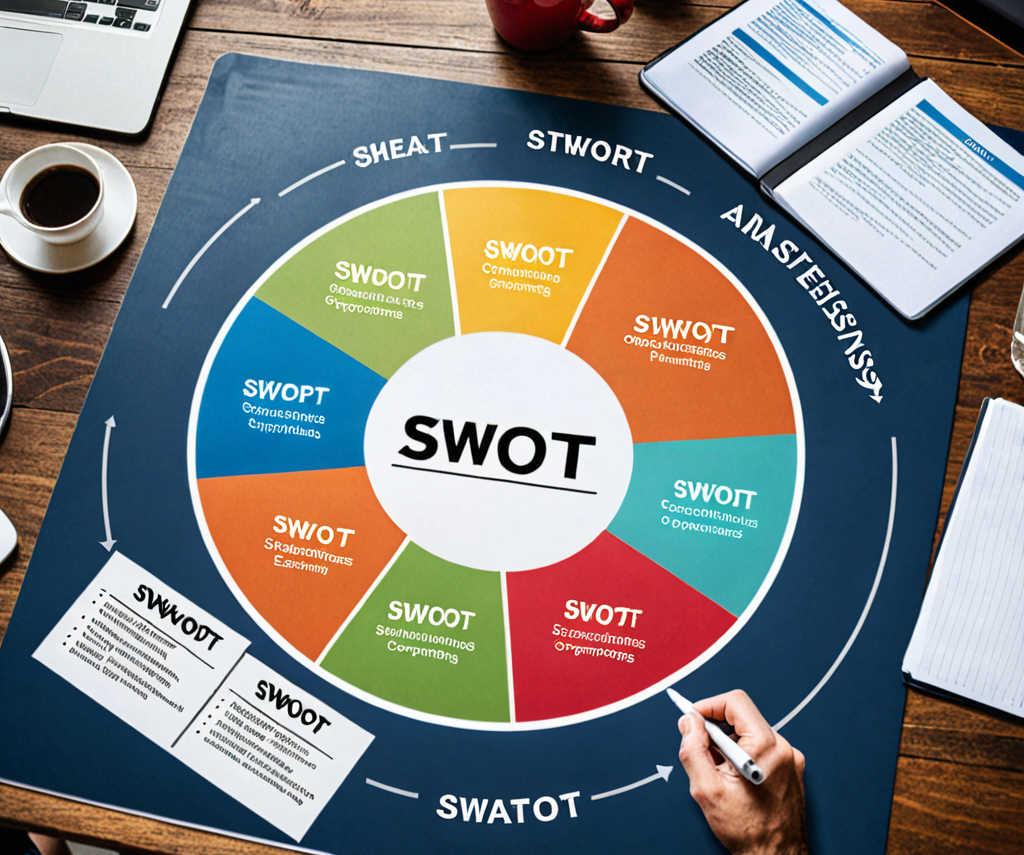
A SWOT analysis is a strategic planning tool used to evaluate a business venture. It stands for Strengths, Weaknesses, Opportunities, and Threats. While often used for overall business evaluation, it's incredibly effective in pinpointing specific niche market opportunities. By understanding your company's internal and external environments, a SWOT analysis can help you identify areas where you can excel and capitalize on market trends.
2. Develop a Unique Value Proposition: Clearly articulate what sets you apart from competitors.
3. Build a Strong Brand:<7strong> Create a brand identity that resonates with your niche audience.
4. Optimize Your Marketing: Tailor your marketing efforts to reach your specific niche.
5. Monitor and Adapt: Continuously track your performance and make necessary adjustments.
. Social Media Analytics: Understand your audience's demographics and interests.
Industry Reports: Stay updated on industry trends and market research.
Competitor Analysis Evaluate your competitors' strengths and weaknesses.
Remember, niche market identification is an ongoing process. As market conditions change, so too should your strategy.
What is a SWOT Analysis
- Strengths: Internal factors that give your company an advantage.
- Weaknesses: Internal factors that hinder your company's performance.
- Opportunities: External factors that your company can exploit.
- Threats:<(strong> External factors that could challenge your company's success .
How to Conduct a SWOT Analysis for Niche Market Identification
- Define Your Business: Clearly outline your products or services and your current target market.
- Identify Internal Factors:
- Strengths: What do you do well? What unique resources or capabilities do you have?
- Weaknesses: What could you improve? What are your limitations?
- Analyze External Factors:
- Opportunities: What trends, market conditions, or changes can you exploit?
- Threats: What challenges or obstacles could harm your business?
- <Cross-Reference: Match your strengths with external opportunities and address weaknesses that could be exploited by threats.
- Identify Niche Market Opportunities: Look for the intersection of your strengths and external opportunities.
Example: A Small E-commerce Business
- Strengths: Strong online presence, loyal customer base, unique product line.
- Weaknesses: Limited marketing budget, small team.
- Opportunities: Growing demand for sustainable products, increasing interest in personalized items.
- Niche Market: Sustainable, personalized gifts for eco-conscious consumers.
Why is Niche Market Identification Important?
By identifying a niche market, you can:- Reduce Competition: Less competition means more opportunities for market share .
- Increase Relevance: Your products or services become more tailored to a specific audience.
- Improve Profitability: Niche markets often have higher profit margins .
- Strengthen Your Brand: Become a specialist in your niche.
The Benefits of a Niche Market
- Enhanced Customer Relationships: Deeper connections with a specific audience .
- Higher Customer Retention: Satisfied niche customers are more likely to return.
- Increased Word-of-Mouth Marketing Niche customers often become enthusiastic advocates.
- Pricing Power: As a niche specialist, you can command premium prices .
Steps to Successfully Enter a Niche Market
1. Conduct Thorough Market Research: Understand your target audience's needs, preferences, and pain points.2. Develop a Unique Value Proposition: Clearly articulate what sets you apart from competitors.
3. Build a Strong Brand:<7strong> Create a brand identity that resonates with your niche audience.
4. Optimize Your Marketing: Tailor your marketing efforts to reach your specific niche.
5. Monitor and Adapt: Continuously track your performance and make necessary adjustments.
Tools and Resources for Niche Market Identification
Google Keyword Planner: Identify relevant keywords and search volume. Social Media Analytics: Understand your audience's demographics and interests.
Industry Reports: Stay updated on industry trends and market research.
Competitor Analysis Evaluate your competitors' strengths and weaknesses.
Conclusion
A SWOT analysis is a powerful tool for identifying niche market opportunities. By understanding your business's unique strengths and weaknesses and by identifying external opportunities and threats, you can make informed decisions about where to focus your efforts. By targeting a specific niche, you can increase your chances of success and build a sustainable business.Remember, niche market identification is an ongoing process. As market conditions change, so too should your strategy.

